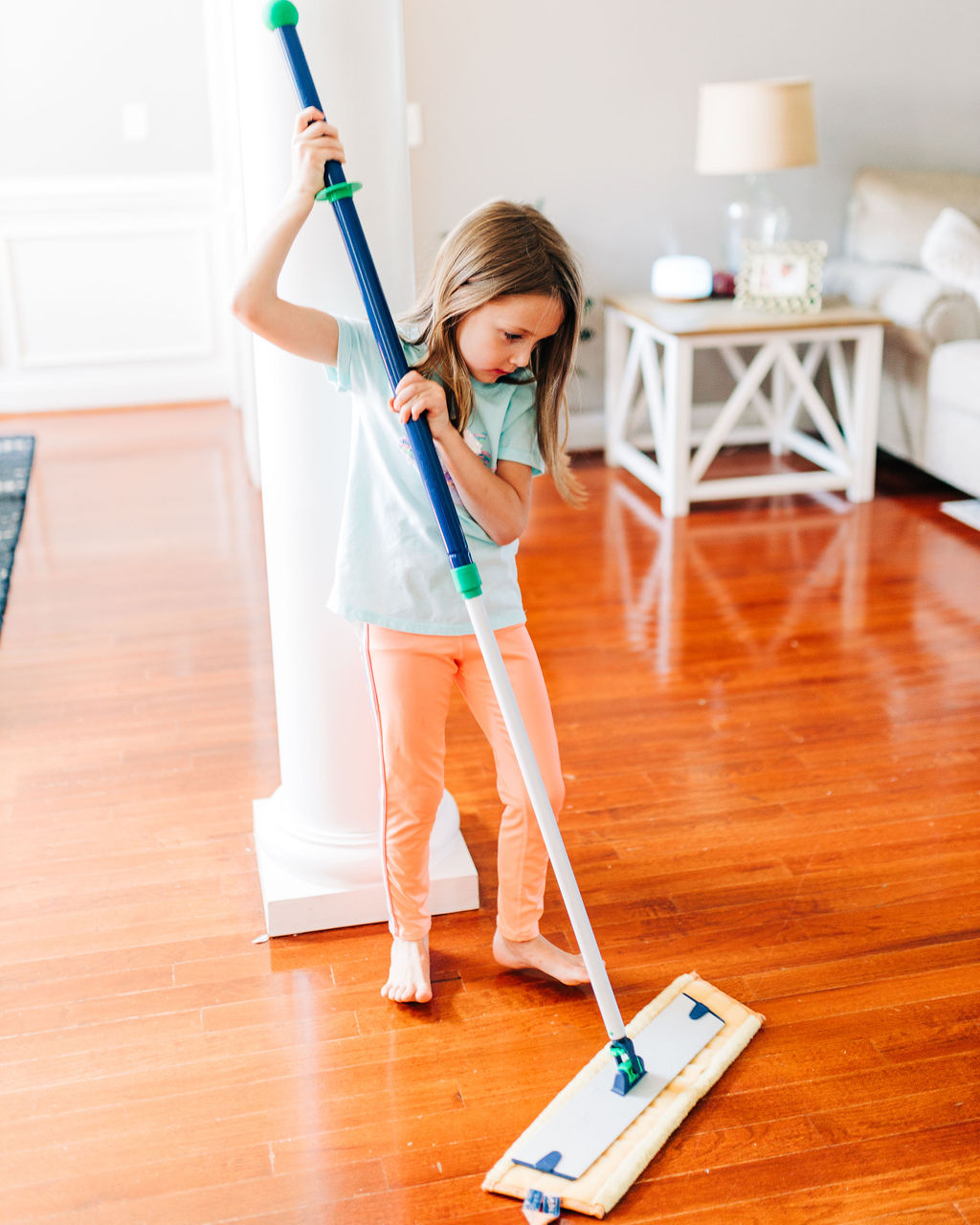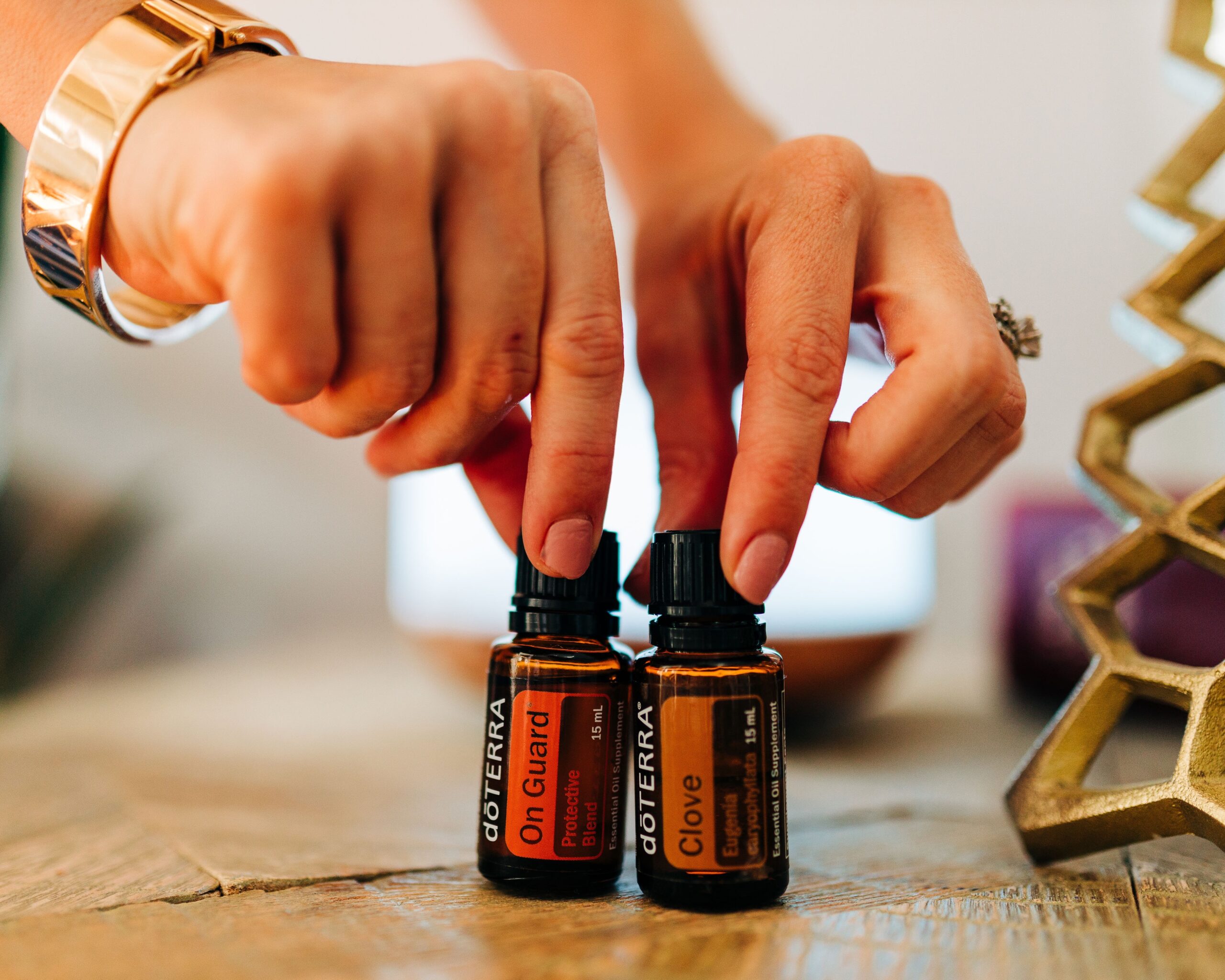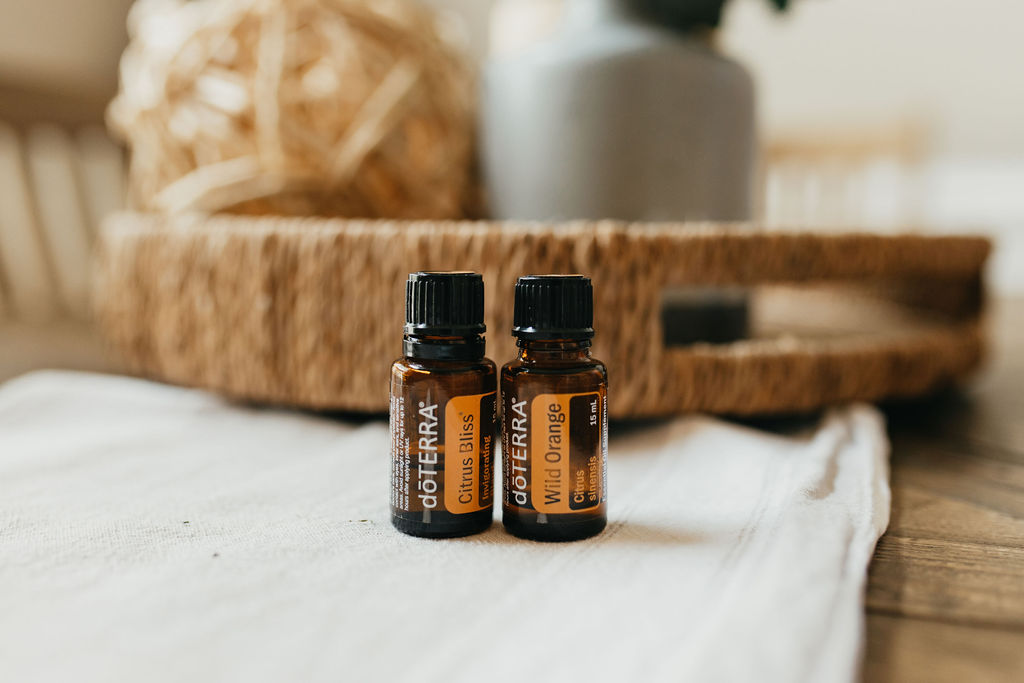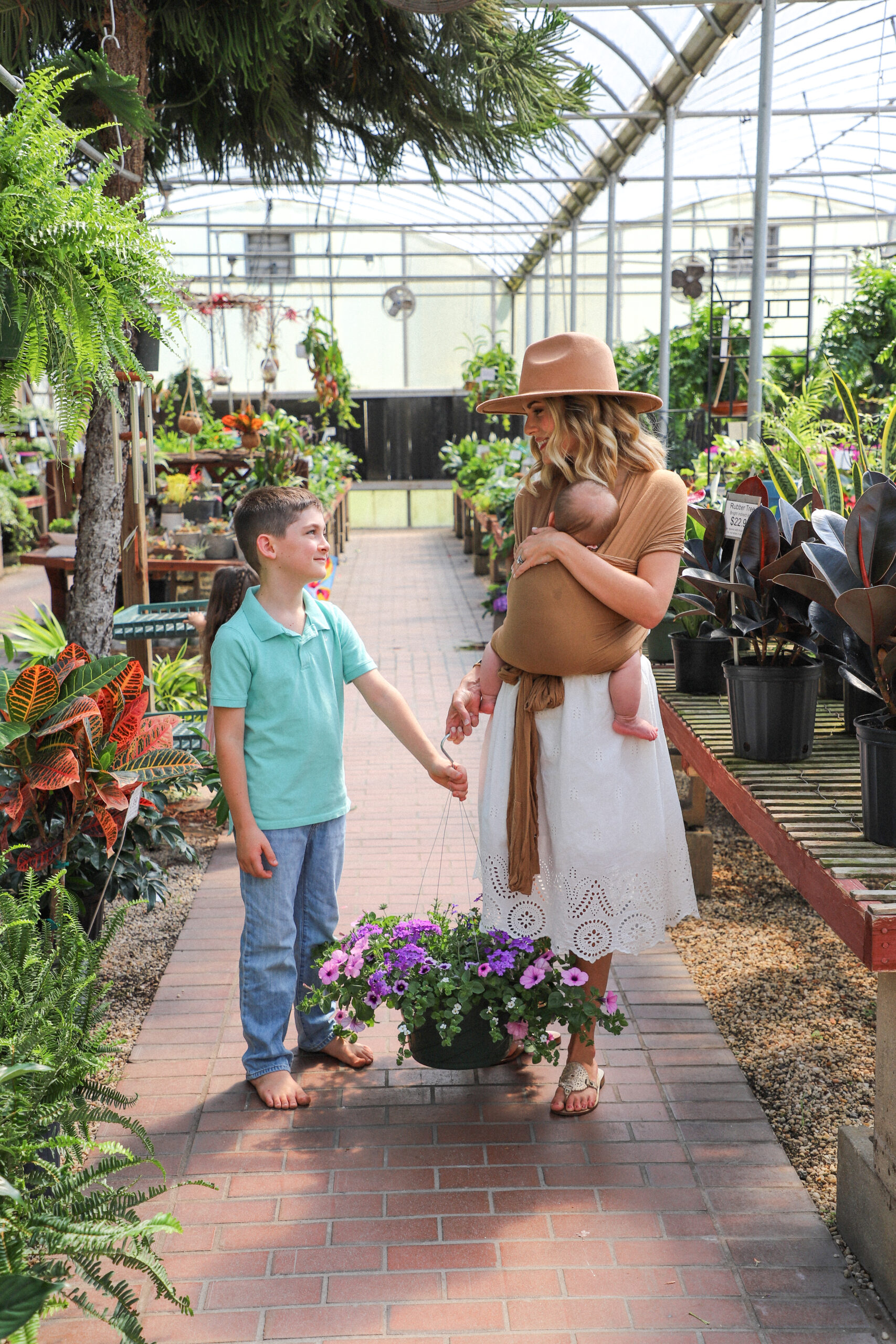
Indoor Air Pollution Reducers: From Plants to Products
This post contains affiliate links and if you shop them, I will receive a commission. All thoughts and opinions are my own. Please read my disclaimer page for more information.
Many of you might not know this but your home actually harbors a lot of indoor air pollution. This could come from numerous things… including yourself! That was certainly a little fact that I did not know and now I’m all ears. So… that leads to a question.
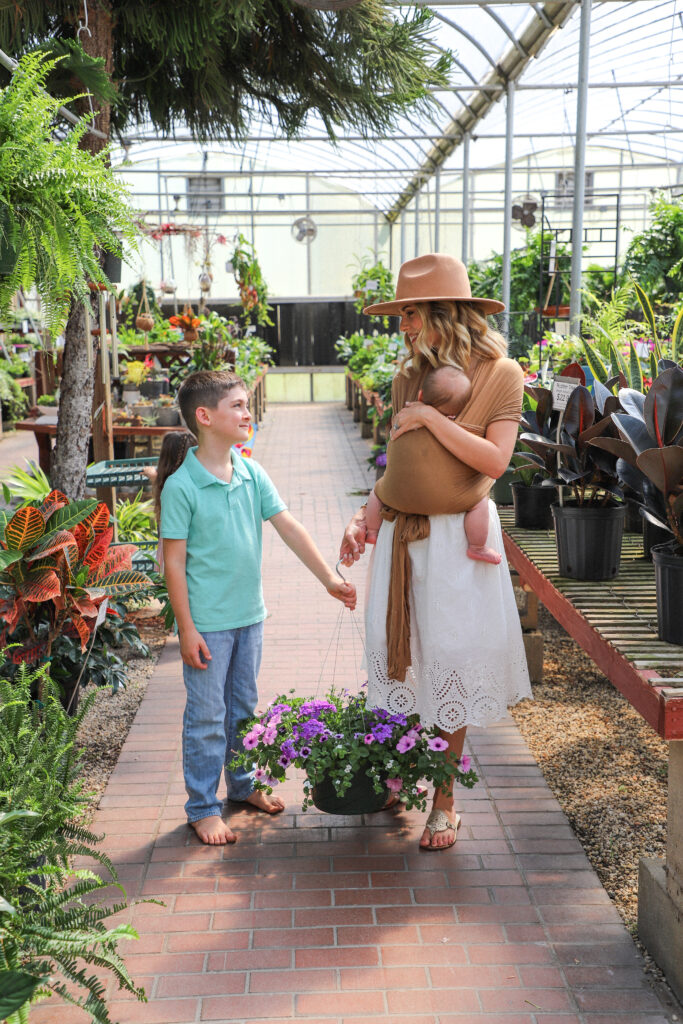

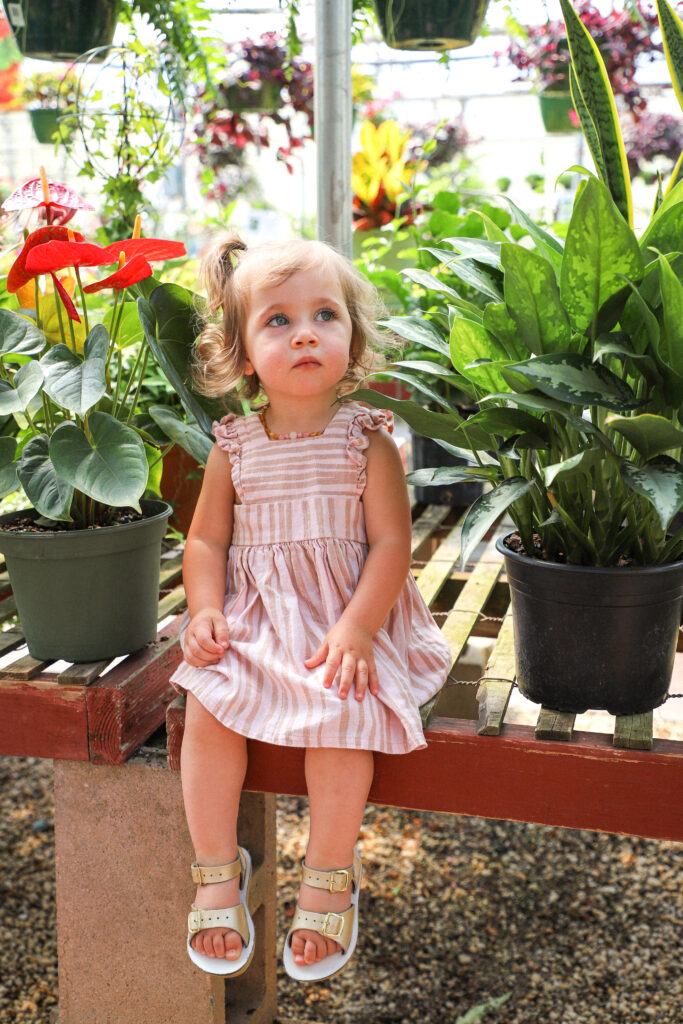
What causes indoor pollution?
Indoor air pollution is caused by a combination of particles like pollen, dust, pet dander, mold spores and smoke combined with ozone, invisible gases and volatile organic compounds which are emitted by building materials, furniture, carpeting, paint, cleaning and personal care products. While we always strive to only use organic and non-toxic products in our home, there is no doubt in my mind that pollutants have a chance to get in through our clothing, air vents, mattresses, pets, etc.
What are the major sources of indoor air pollution? Asbestos, biological pollutants, Carbon Monoxide (CO), Formaldehyde/Pressed Wood Products, Lead, Nitrogen Dioxide, Radon and indoor particulate matter. You might be thinking… I don’t know what half of the things you just listed are or where they come from. I can understand that, so basically, these come from dryer sheets, the cleaning products used, candles/wall plug ins, the carbon dioxide we emit when we breathe, gases from cooking and also the walls and floors. WHATTT?! That’s crazy, huh? So what do we do to correct this? Not only can we clean up what are allow into our homes and go “green,” but involving houseplants can balance it out more than anything. THIS is the reason I started gradually introducing plants into my home. I am not one that remembers to water plants so I searched for ones that require little to no sunlight and also not a lot of water! I normally have a Sunday funday watering session and go around my house to each one. I have also decided to name each one and the kids and I talk to our indoor plants and speak positivity into their lives.
There are numerous health benefits to having houseplants, let’s focus on five of them to get started:
- Houseplants help you breathe better. During your body’s inhale, it allows the oxygen to circulate into your body and during your body’s exhale your body releases carbon dioxide. Plants basically do the exact opposite. They absorb carbon dioxide and release oxygen into the air. Plants increase the oxygen levels in the air which in turn helps us breathe better. Fun Fact: “When photosynthesis stops at night, most plants switch things up and absorb oxygen and release carbon dioxide. However, a few special plants – like orchids, succulents and epiphytic bromeliads – flip that script and take in carbon dioxide and release oxygen. Meaning, use these plants in bedrooms to keep the oxygen flowing at night.”
- Houseplants can help keep away illness. According to Bayer Advanced, studies at the Agricultural University of Norway document that using plants in interior spaces decreases the incidence of dry skin, colds, sore throats and dry coughs. And other research reveals that higher absolute humidity is conducive for decreased survival and transmission of the flu virus.
- Houseplants clean the air. NASA has spent a lot of time researching air quality in sealed environments, which makes sense. Extensive research by the space agency discovered a then-new concept in indoor air quality improvement in which plants play a pivotal role: “Both plant leaves and roots are utilized in removing trace levels of toxic vapors from inside tightly sealed buildings. Low levels of chemicals such as carbon monoxide and formaldehyde can be removed from indoor environments by plant leaves alone.” When talking about the relationship between plants and space travelers, NASA notes that plants, “provide nourishment for the body when eaten as food, and they improve the quality of indoor air. Plants take the carbon dioxide from air to produce oxygen that humans can breathe.”
- Houseplants boost healing. Bringing flowers or a plant while visiting a hospital patient is so effective helping them recover that one study recommends them as a “noninvasive, inexpensive, and effective complementary medicine for surgical patients.” Plants are medicine! The study, conducted at Kansas State University, found that viewing plants during recovery from surgery led to a significant improvement in physiologic responses as evidenced by lower systolic blood pressure, and lower ratings of pain, anxiety, and fatigue as compared to patients without plants in their rooms. Another technique to decrease recovery time, as noted by Texas A&M University, is horticulture therapy in which patients are tasked with taking care of plants. The patients who physically interact with plants experience a significantly reduced recovery time after medical procedures.
- Houseplants help you work better. What? A number of studies with both students and workers reveals that studying or working in the presence of plants can have a pretty dramatic effect. As with simply being in nature, being around plants improves concentration, memory and productivity. Being “under the influence of plants” can increase memory retention up to 20 percent, according to a University of Michigan study. Meanwhile, two Norwegian studies found that worker productivity is greatly enhanced by the presence of plants in the office. “Keeping ornamental plants in the home and in the workplace increases memory retention and concentration,” notes Texas A&M. “Work performed under the natural influence of ornamental plants is normally of higher quality and completed with a much higher accuracy rate than work done in environments devoid of nature.”
Those reasons alone, have me itching for another plant and I am SO excited to add several more to our home from a local greenhouse here in Florence, SC called Forest Lake Greenhouses. I am a huge supporter of shopping local and supporting small businesses and one of my favorite places here is the Greenhouses. The owners and employees are all super help with tips, tricks and plants for certain areas of your home and/or yard. Regardless which plants you decide to add into your home, know that they will vastly improve your overall wellbeing.

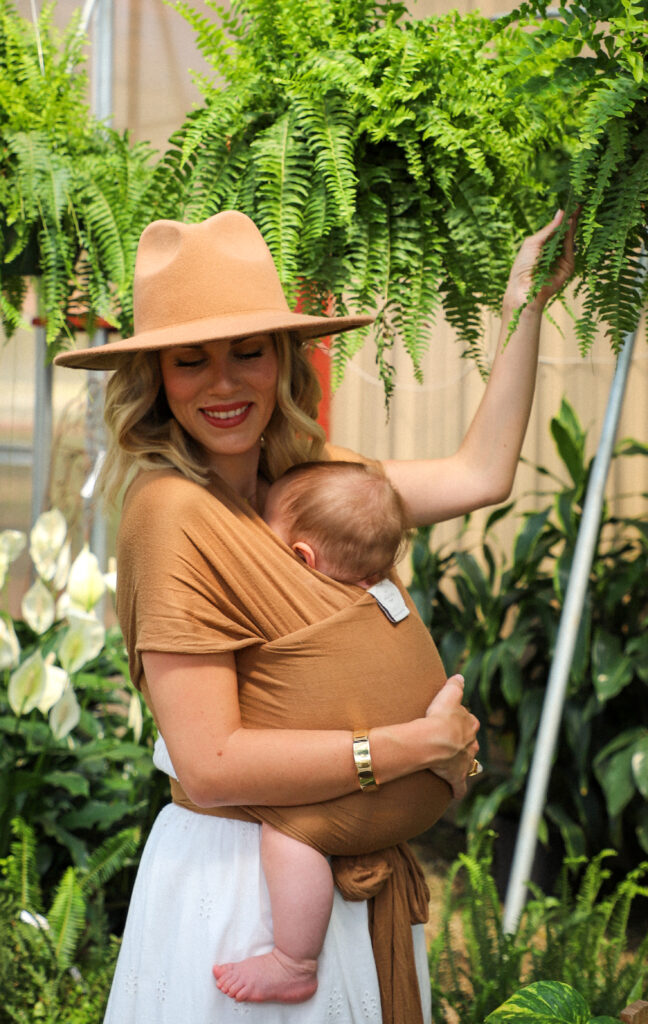
Plants like snake plants and English ivy double as air purifiers and are on the easier side to keep alive. I also love spider plants, peace lilies, boston ferns, bamboo palms, area palms, and weeping figs for indoor air purifying. The addition of plants into your home will dramatically change the air inside. Plants are natural air filters. USE THEM, they really are the cheapest way to clean your air. Plants are also really pretty and offer another way to decorate. I have several different types of plants that I love and have in my home. Make sure to check out my home tour IGTV plants update when you have some time.
Want to add on to purifying your air in addition to have indoor plants? Check out the following ways that I also suggest amping up the indoor air purifying of your homes.
BUY A HIMALAYAN SALT LAMP- A what? I love these little lamps and I have one in almost every room of the house. The negative salt ions released by heating can boost blood flow, improve sleep, increase levels of serotonin in the brain, and calm allergy or asthma symptoms. As a Himalayan pink salt lamp absorbs water and particles from the air, it also takes positive ions with them. Then, when the heated salt releases cleansed water vapor back into the air, it also expels negative ions which have the opposite effect on our airways – increasing cilial activity to keep your lungs clear. I’ve always read to keep them near a TV or computer so it helps clear the air from the technology. The kids have them in their rooms and use them as night lights. I buy mine from a local place called Earthfare but you can find them online at Amazon. You can also read more about the health benefits by clicking here.
INVEST IN AN AIR PURIFIER – Every day, we breathe in so much oxygen, why not help your body get the best quality? When the weather is nice I love going outside and always opening the windows but when it’s cold or super hot it’s just not an option. This is why decided to invest in a few air purifiers in our home. Air purifiers are a must in my option but not all are created equal. Standard HEPA purifiers are 99.97% effective at capturing particles but not virus-sized particles. For this reason, we searched until we found a few that capture 100% of airborne particles at 0.003 microns in size. Check out this post for more information and a discount code for $280 off your own.
SAGE YOUR HOME – We have saged our home for almost 5 years now and it has become something that we do on a monthly basis. Saging is something that has occurred for over 2,000 years starting with Indigenous Americans. It is a way to help cleanse your home and body of negative energies and set intentions for good energies. Clearing a space that you frequent (home, creative space or office) can completely change the vibe in that space. You might have also heard saging called “smudging” but it is the same thing. There are numerous things that saging can help with and I want to share a few that I’ve learned so far. It is purifying. Most sage has antimicrobial properties that keep infectious bacteria, viruses, and fungi away. A 2007 study found that when sage is burned for one hour it decreased the level of aerial bacteria by 94 percent. These effects were preserved for up to 24 hours afterward. You can read more about why we sage by clicking here.
Other ways that can improve the air quality in your home:
1. clean your air ducts yearly
2. open windows at least 10 minutes a day
3. remove shoes before entering your home
4. vacuum with a HEPA vacuum often
Air purifying can occur by many different ways to help the air quality. I’ve listed all of the ways that my family help do so in our homes and I hope that they help you. If you have any questions, please reach out. If I left anything off of this list, please share it in the comments.
